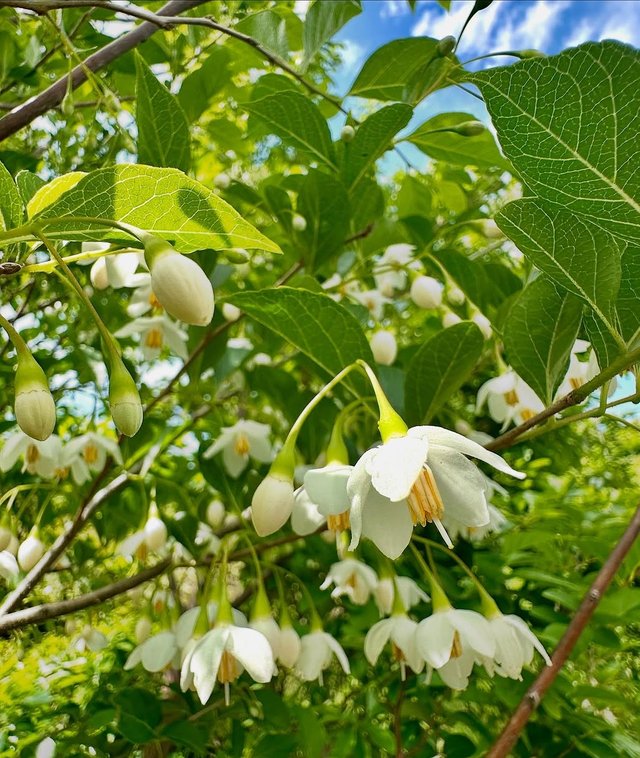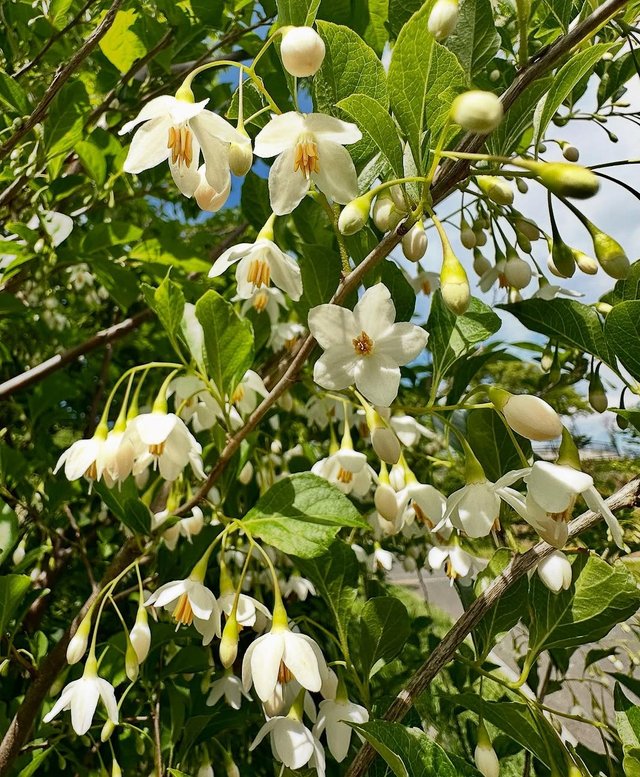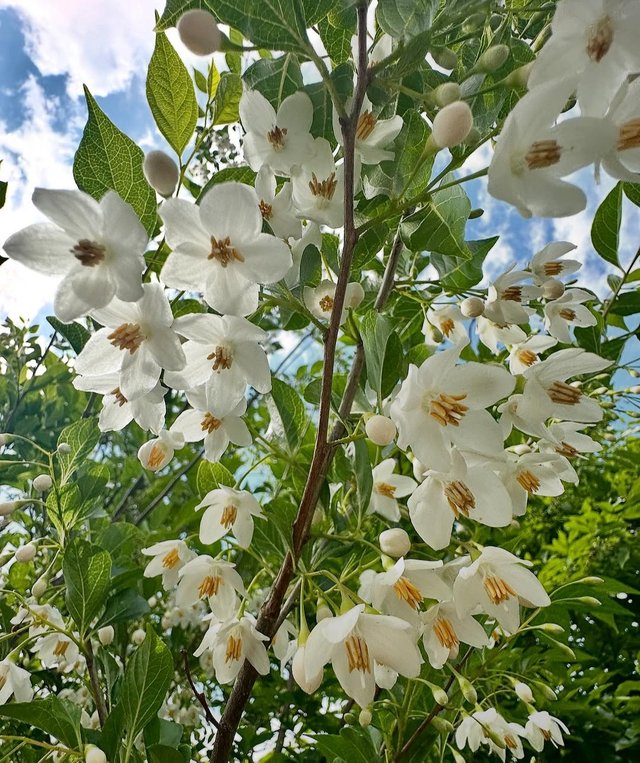Halesia Flower So Beautiful
Halesia: The Underappreciated Beauty of the Silverbell Tree
When thinking of ornamental flowering trees, many gardeners and landscape enthusiasts instinctively turn to dogwoods, magnolias, or redbuds. However, one lesser-known but equally stunning genus deserves a spotlight: Halesia, commonly known as the silverbell tree. With its graceful form, enchanting bell-shaped flowers, and year-round ornamental interest, Halesia is a hidden gem for anyone looking to diversify their garden with native elegance.
What Is Halesia?
Halesia is a small genus of deciduous trees or large shrubs in the family Styracaceae. It is native to the southeastern United States, where it thrives in moist, well-drained forests. The genus is named in honor of English botanist Stephen Hales.
There are four recognized species within the genus, but two are more commonly known in horticultural circles:
Halesia carolina
Halesia tetraptera
These species are often confused or conflated in the nursery trade, with some taxonomists even considering them variations of the same plant. Regardless of the classification, they share many similar traits that make them highly desirable.
Botanical Features
Halesia trees are beloved for several key attributes:
Bell-Shaped Flowers:The tree’s signature feature is its delicate, pendulous white flowers that bloom in early to mid-spring. Resembling little white bells, these blooms hang in clusters along the undersides of branches, giving the tree a magical, almost ethereal appearance. In some cultivars or species, the flowers may have a pinkish hue.
Attractive Bark:Mature specimens develop a distinctive, ridged, and flaky bark that provides winter interest and texture. The bark peels in long vertical strips, exposing varying shades of gray and brown underneath.
Fall Color:While not as vivid as some maples or oaks, Halesia leaves turn a gentle yellow in autumn, adding seasonal charm.
Fruit:After flowering, Halesia produces a unique, four-winged dry fruit that resembles a papery lantern. These fruits often remain on the tree into winter, adding ornamental value and feeding local wildlife.




%20(10).jpeg)